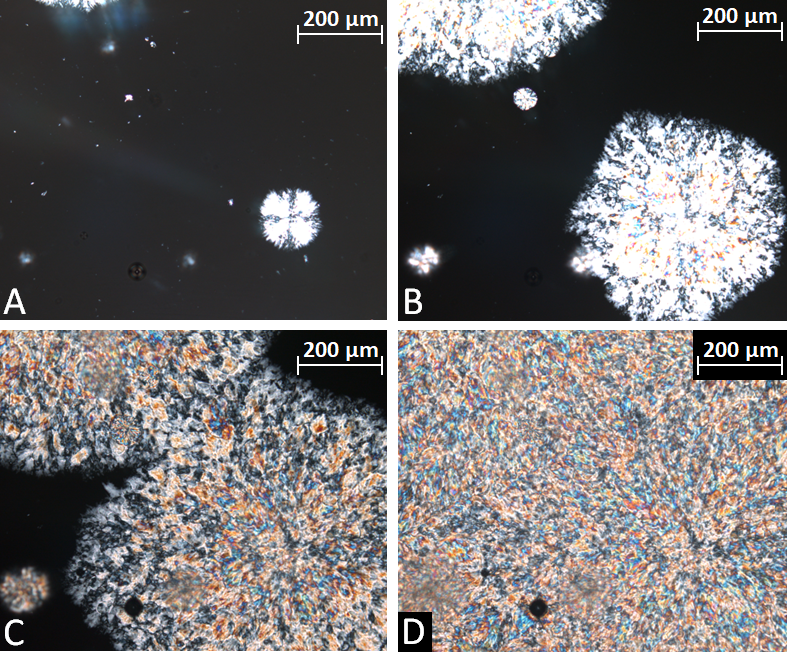Heatstock – inventing a novel heat storage material | Aalto University (external link)
Novel heat storage material was invented at Aalto that is able to bring the summer’s heat into the winter time.

While wind turbines and solar panels are becoming more visible in our everyday lives, the development of new sustainable and efficient energy storage solutions has somewhat lagged.
HeatStock, a novel heat storage technology developed by researchers from Aalto University’s School of Engineering, offers a promising glimpse of what the future of efficient, long-term heat storage may look like. The researchers have developed a method of storing and releasing thermal heat by cooling and reheating a mixture of two remarkably common materials - sugar alcohol (the active material and a sweetener used in the food industry) and polymer additive (not unlike the absorbent material found in diapers) which alters the heat storing and releasing properties of the sugar alcohol.
This novel heat storage technology offers several advantages over a typical hot water storage tank. Compared to a physically large water tank, a HeatStock installation is much smaller, at about 12m³ (compared to roughly 300m³ for a hot water tank). HeatStock can store thermal energy for several months without any loss of heat. In contrast, a hot water tank is much more susceptible to the elements, meaning it will lose heat over time, and more so when temperatures drop. Sugar alcohol and polymer additive are non-toxic materials, thereby eliminating the risk of hazardous material entering the environment, an issue which lithium-ion battery and photovoltaic panel manufacturers must deal with.
The technology and innovation underpinning HeatStock offer us an encouraging look at what sustainable heat storage solutions could look like. While HeatStock is currently a prototype operating on a small scale, it holds great potential as an alternative to water tanks in private houses. Hot water tanks in neighbourhoods are much larger, meaning heat losses are more negligible. However, if this technology is to become a viable thermal energy storage solution, it must be backed by significant funding. A lack of movement to embrace these technologies risks them languishing in laboratories and research facilities.

Researchers: Konsta Turunen, Ari Seppälä, Roza Yazdani, Department of Mechanical Engineering, School of Engineering, Aalto University
Text: Peter Taggart

Novel heat storage material was invented at Aalto that is able to bring the summer’s heat into the winter time.

The Department of Mechanical Engineering is a leading multidisciplinary research establishment with strong industrial ties and impact on industry and society alike.